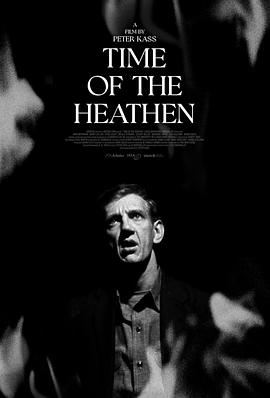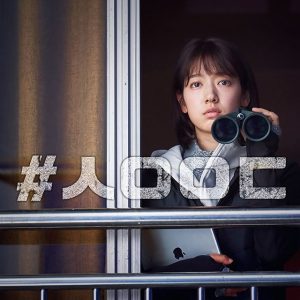In 1961, a cinematic enigma emerged and subsequently faded into obscurity—Peter Kaas's "Time of the Heathen." A testament to Kaas's fleeting directorial career before his return to nurturing actors at NYU, this riveting thriller masterfully intertwines adrenaline-pumping suspense with haunting, apocalyptic visuals, reflecting the creative restlessness of its maker.

The narrative unfolds through the eyes of an enigmatic drifter, credited merely as Gaunt (portrayed by John Heffernan), traversing the rural landscapes of upstate New York armed solely with a Bible. His path intersects tragically with the aftermath of Marie's (Ethel Ayler) assault and demise at the hands of Ted (Stuart Heller), with Marie's speechless son Jessie (Barry Collins) as the sole witness.冤枉的指控, implicating Gaunt, leads to a desperate flight from Marie's employer and Ted's father, Link (Orville Steward), setting off a relentless pursuit.
"Time of the Heathen," though disguised as a succinct chase film within its concise 76-minute runtime, subtly grapples with profound themes: the residual horror of Hiroshima's devastation and the nascent civil rights movement. Gaunt and Jessie's odyssey through bucolic New York becomes a canvas upon which Kaas explores their dual struggles—Gaunt's immediate physical threat and a deeper, existential dilemma. While their evasion of racist pursuers forms the backbone of a seemingly straightforward plot, the film crescendos into one of cinema's most mind-bending finales.
Delving into the climax without revealing too much, Kaas ingeniously utilizes a hallucination sequence triggered by Gaunt's gunshot wound. Distorted visions of Hiroshima and famine-stricken children converge in a surreal montage, elevating the film's apocalyptic mood. These elements transcend character archetypes, symbolizing the profound issues plaguing America's collective consciousness. Kaas, with remarkable control until the climax, unleashes a visual symphony that would be a pedagogical gem had "Heathen" garnered more attention in 1961, despite its lukewarm reception.
Restored to its stark, monochromatic glory, Ed Emshwiller's cinematography, coupled with his co-editorial work with Kaas, positions "Heathen" as a precursor to the New American Cinema movement. This fusion of genre conventions and avant-garde aesthetics mirrors modernist sensibilities, further accentuated by Lejaren Hiller, Jr.'s dissonant electronic score, echoing the experimental spirit of John Cage.
At face value, "Heathen" presents itself as a gripping thriller, gradually unfurling layers of thematic richness as it transcends conventional storytelling. Its opening declaration situating the tale four years post-Hiroshima initially appears as a superficial attempt at profundity. However, the narrative progressively bears the burden of societal struggles—mass destruction and ingrained prejudice—culminating in a poignant revelation.
"Time of the Heathen" emerges as a rediscovery, an otherworldly experience in its narrative, visual, and auditory dimensions. Despite its brevity, it encapsulates the post-war zeitgeist, envisioning a cinematic language that harmoniously blends elite and popular aesthetics. Perhaps "Heathen" was prematurely born—"Bonnie and Clyde" would only herald the New Hollywood era half a decade later. Nonetheless, this temporal misalignment renders "Heathen" a delightful anomaly, a film that beckons exploration and celebrates its audacious, prescient vision. [A]
 七弟电影
七弟电影
![韩国丧尸片《#活着/ALIVE》百度云网盘资源[HD-MP41.7GB][完整版][高清韩语中字]-七弟电影](https://gaga.pochou.com/wp-content/uploads/2020/06/活着-电影剧照-5-300x300.jpg)

